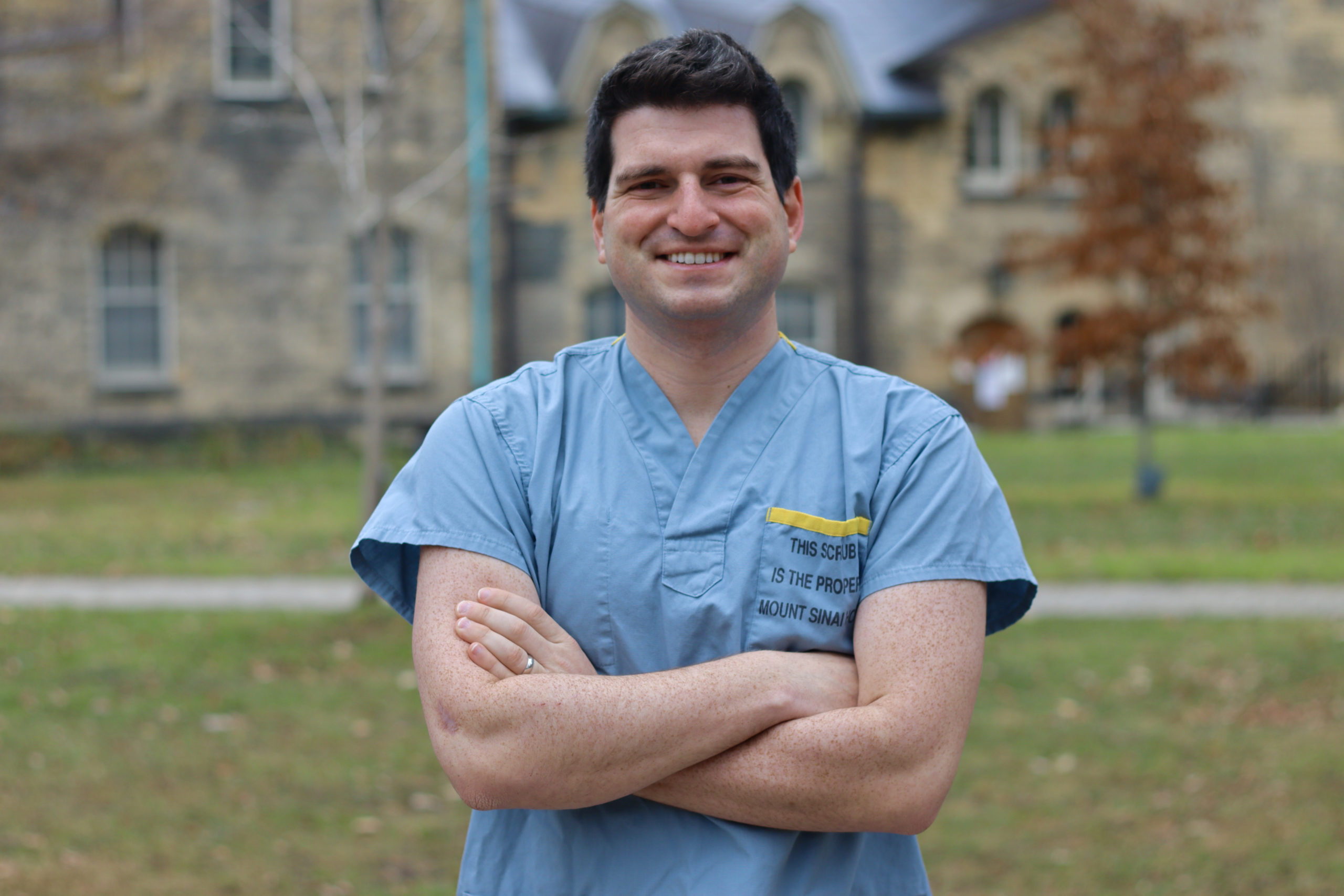Transitions of Care in the Geriatric Emergency Department
Reflections in Practice
All personal and identifying details of this story have been changed to represent a fictional patient.
I had the privilege of re-seeing in the ED a patient that I happened to have seen in a primary care home visit just a few weeks prior! The patient was in his early 80’s and independent of his activities of daily living. He was fortunate enough to have a personal caregiver for 1 hour every other day. That person helped out with most of his instrumental activities of daily living at home. The patient had a Clinical Frailty Score of 3. He, unfortunately, did not have any family members in town. He was a retired high school teacher who lived independently in an apartment for the last dozen years. He happened to live in one of my favourite apartments in the city for older adults. It has everything including a great walkability factor which is especially helpful in the long winter months. There is access to nearby doctors, entertainment, hairdressers, grocery stores, and other shopping opportunities. If only all older patients could afford it!
 Dr. Elliot Lass is a Care of the Elderly Fellow at the University of Toronto in Toronto, Canada. He sees elderly patients on their home-based primary care team, as well as practices and supervises trainees in family medicine.
Dr. Elliot Lass is a Care of the Elderly Fellow at the University of Toronto in Toronto, Canada. He sees elderly patients on their home-based primary care team, as well as practices and supervises trainees in family medicine.
The first time I saw him was with our unit’s home visiting team. He was not the type of patient that complained about very much, so we were concerned. He was feeling weak and there was an unease about him having COVID. I was able to take the history over the phone with collateral from the caregiver. We did a home visit, in full personal protective equipment for a brief physical exam and COVID swab. Luckily, he was COVID negative. With a little bit of chicken soup and time, he was feeling better.
I then saw him a few weeks later midway through this emergency rotation. I immediately recognized the name and saw that he was in urinary retention and grabbed his chart. He had a history of benign prostatic hypertrophy which put him at higher risk for retention. He did not miss any doses of his prostate medications which was my first instinct for a cause. He appeared to be in extreme discomfort but was afebrile. He was retaining one litre of urine and we subsequently inserted a urinary catheter which was non-bloody. We arranged a urology referral as an outpatient and facilitated a homecare referral for him for catheter care. We knew that this older gentleman would have a tough time learning and retaining information related to his catheter during this stressful time, so we wanted to ensure some in-home care. We submitted the community care referral. I held my breath, wondering if it went through or if anyone ever received it. This uneasiness highlights that there needs to be a better way to see that these referrals have been picked up and not just submitted. I also sent an email to his home visiting doctor who I knew would be very interested that he was in the hospital and trusted to follow up with him.
Unfortunately, two weeks later my patient returned to hospital when I was on duty again (he now thinks I’m the only doctor at this hospital!) This time he had weakness and decreased oral intake. He also had a fever at home. His family doctor sent me a call as a heads up that our patient was headed back into hospital. The patient was happy to see me knowing that I had been part of his care in the past and was in communication with his family physician. I was pleased to learn that he had indeed been seen daily by nursing for catheter care since his discharge. Unfortunately, he had developed a catheter-associated UTI and mild sepsis and resultant hyponatremia (a good example of an atypical presentation: his main symptom of sepsis was “weakness”). He was admitted by the Internal Medicine service. I was able to give a quick real-time update his children and his family physician.
As a whole, this was a very positive experience. As a future home-visiting physician, I hope to have the opportunity to be in a system where I can effectively communicate to emergency physicians about the status of my frail elderly patients. Too often, consultants within the hospital do not communicate to primary care physicians who can often add valuable information, especially in cases of frailty or multimorbidity. I also took great pride in being both this patient’s primary care physician and emergency physician – like a real small-town family doc. I really enjoyed this continuity from both inside and outside the hospital in addition to the ability to monitor his progress while admitted in hospital.
About the Author
Dr. Elliot Lass is a Care of the Elderly Fellow at the University of Toronto. He holds a Master's of Science in Health Policy, Management, and Evaluation from the University of Toronto.